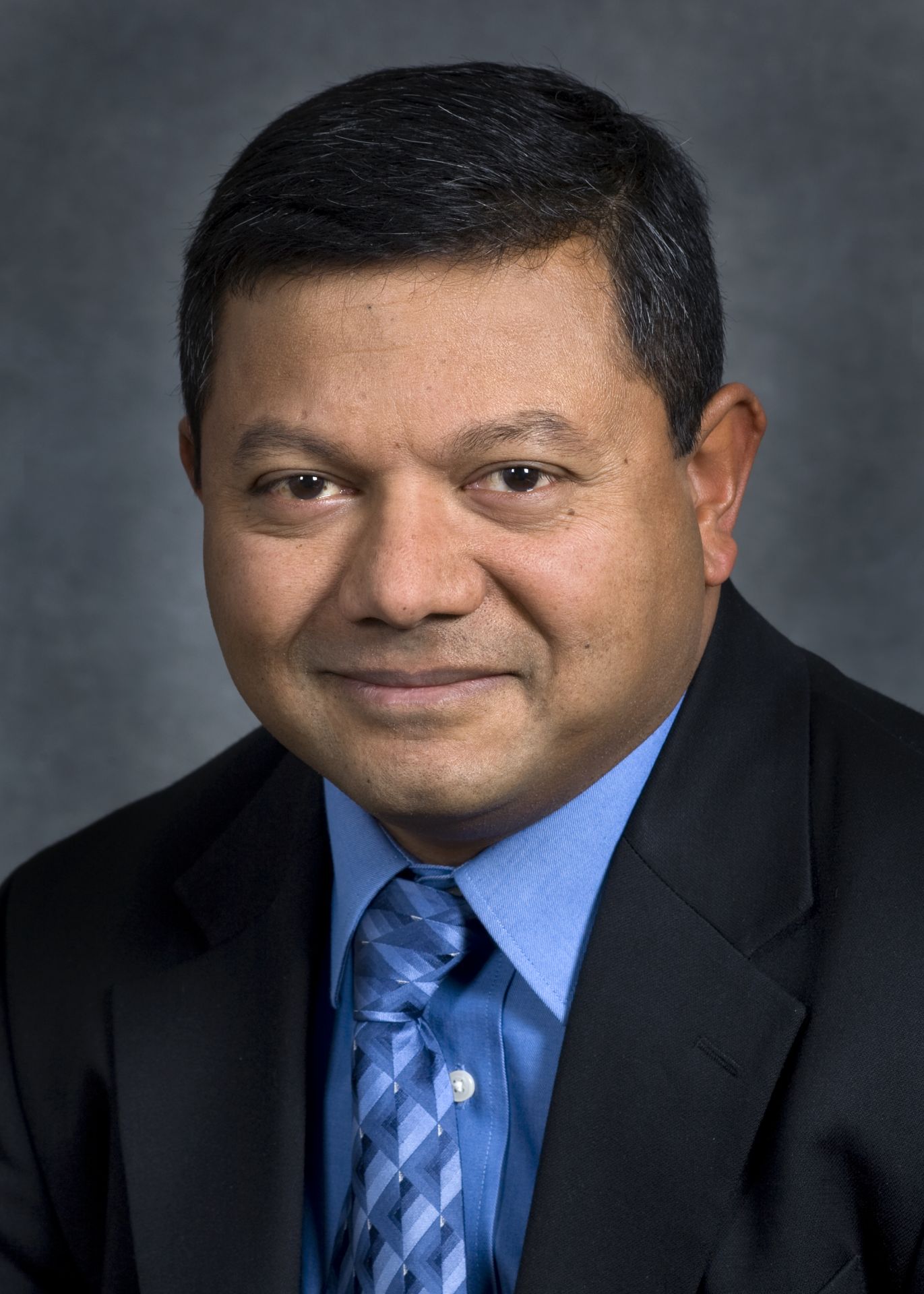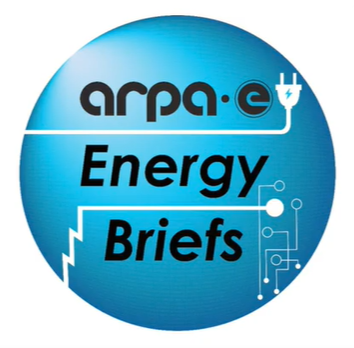Bloomberg: Stanford prof a front runner to lead Biden DOE

Majumdar
Arun Majumdar, a professor of mechanical engineering at Stanford University and former vice president for energy at Google, is a leading contender for secretary of energy in a Biden administration, according to a November 12 Bloomberg story.
Chosen on November 10 to lead Biden’s Department of Energy transition team, Majumdar was also the first director of the Advanced Research Projects Agency-–Energy (ARPA-E), serving in that role from 2009 to 2012. Bloomberg quotes Jeff Navin, director of external affairs at TerraPower, as saying, “He had as good relationships with Republicans as he did with Democrats as the first director of ARPA-E, and he took the time to get to know key legislators personally.”


 The Department of Energy’s Advanced Research Projects Agency-Energy (ARPA-E) is at work developing and demonstrating novel energy technologies and connecting those technologies with private-sector investors. The researchers and innovators behind ARPA-E want to tell you all about it in a series of “Energy Briefs” available through the agency’s
The Department of Energy’s Advanced Research Projects Agency-Energy (ARPA-E) is at work developing and demonstrating novel energy technologies and connecting those technologies with private-sector investors. The researchers and innovators behind ARPA-E want to tell you all about it in a series of “Energy Briefs” available through the agency’s